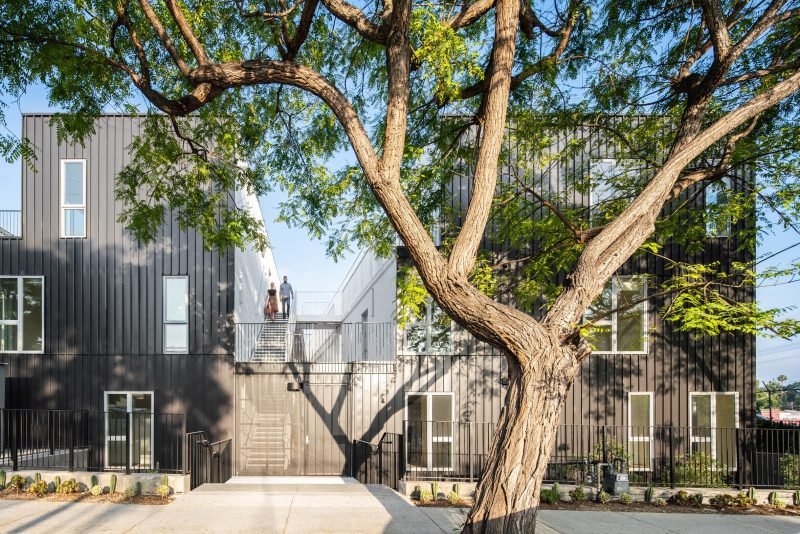(Un)dynamic Urbanism: Frequent Transit Network Maps
TransLink, the public transportation authority for Greater Vancouver, recently released their Frequent Network Map. Jarrett Walker at Human Transit sees this as a big step for mobility in Canada’s West Coast city:
“Meanwhile, this is a hugely important moment for Vancouver, especially because of the way the Frequent Network can organise future land use, and help everyone make better decisions about location. This map should immediately go up on the wall in every city planner’s office, and in the office of every realtor or agent who deals in apartments.”

But what gives? Frequent Network Maps show us the arteries of the city: how we can get from one point to another reliably and quickly. But here’s something that a Frequent Network Map doesn’t deal with: that the urban network is constantly in flux. The nodes of activity are impermanent by nature, even during the course of the working day: in Vancouver, the activity in the morning is concentrated in the Central Business District on Burrard Street, while the after-work nodes of activity are centred more along Granville’s Entertainment District, Gastown, and the neighbourhoods housing the city’s professional sports teams.

And still, Gensler Los Angeles’s video on flexible transit is worth considering (apologies to Jarrett). While it’s useful for transit users to know the network of reliable buses and subways, it doesn’t tell us about the dynamic nature of our cities. Our meals are increasingly mobile, as are our workplaces: how can our transit networks begin to reflect our digitally-provoked flexibility?



